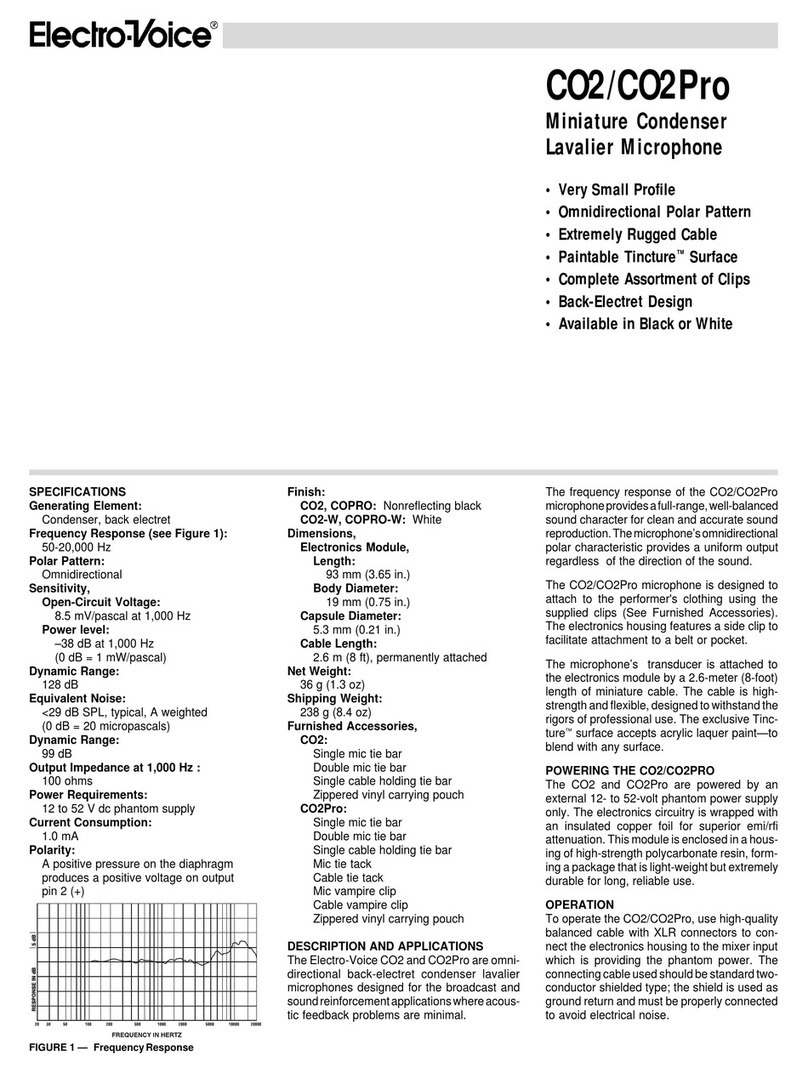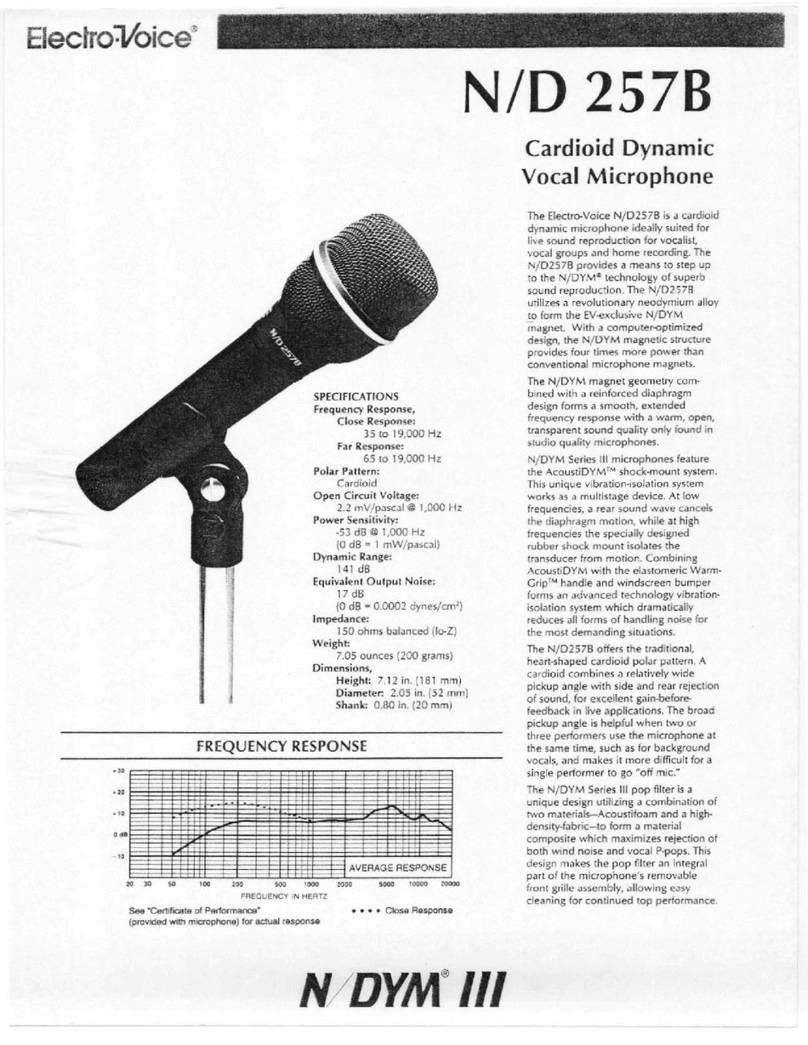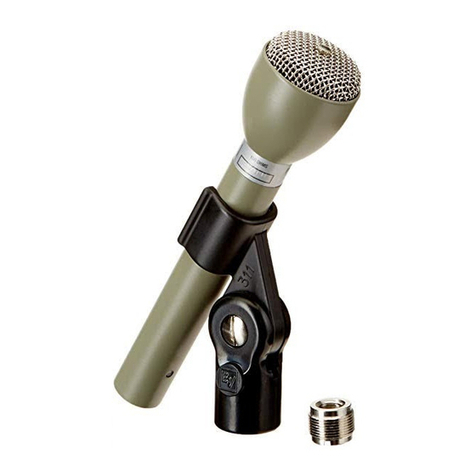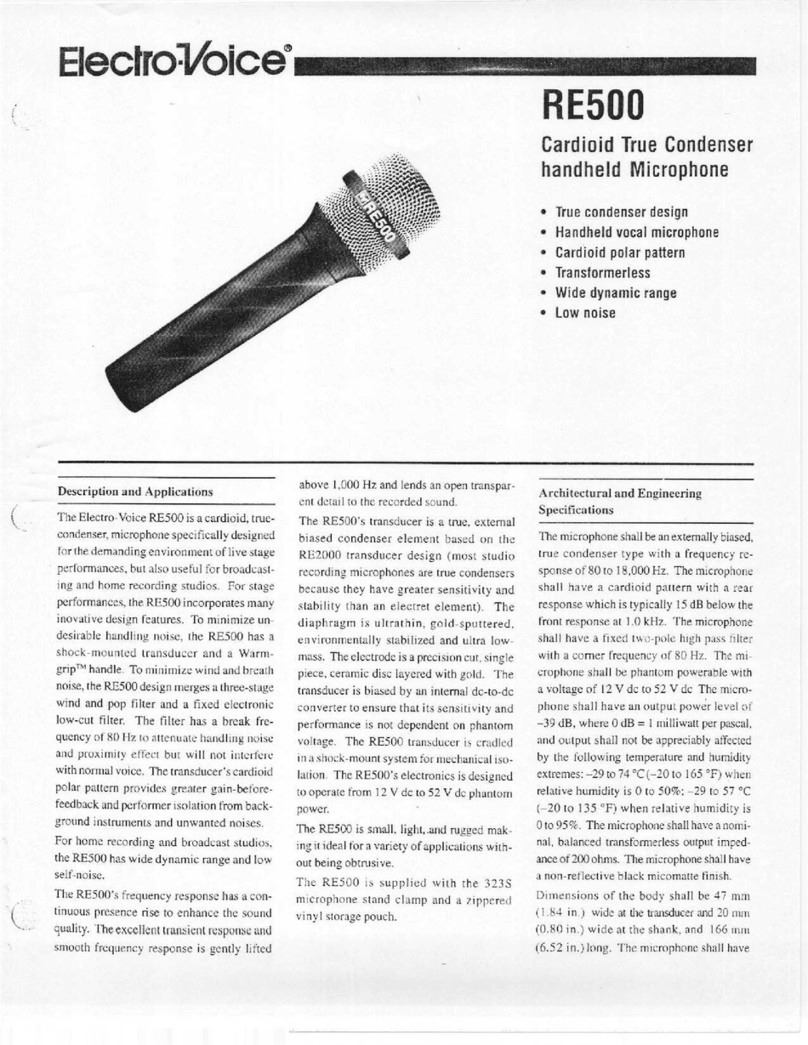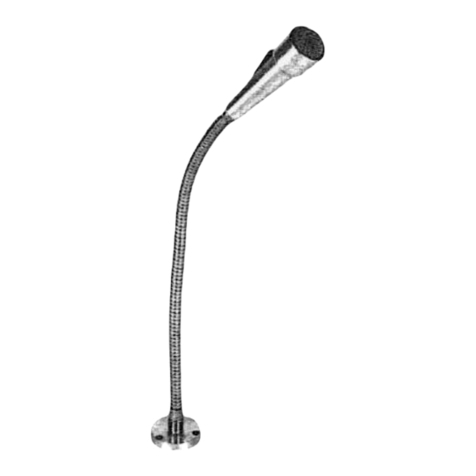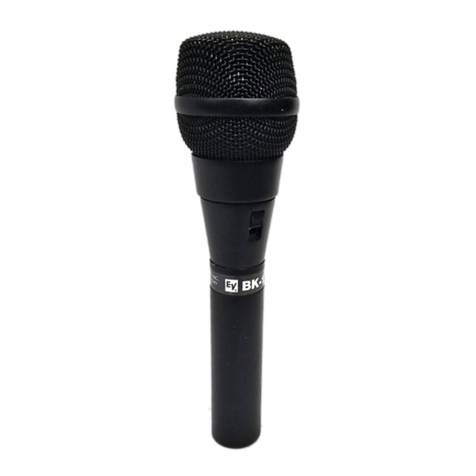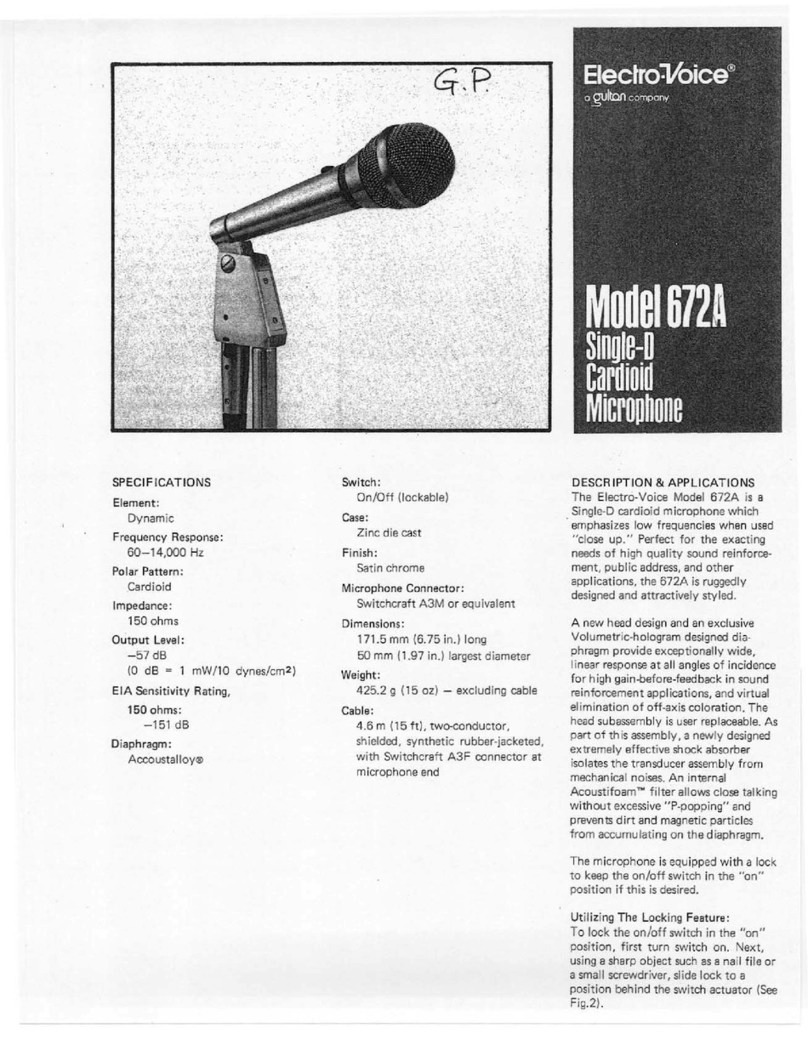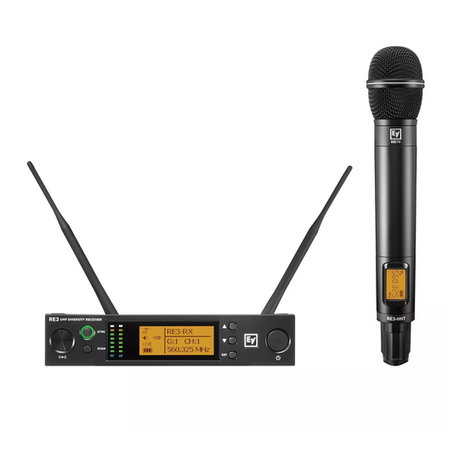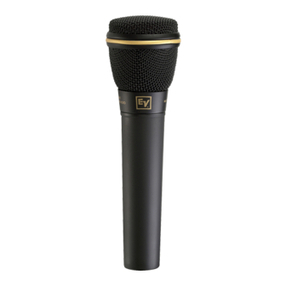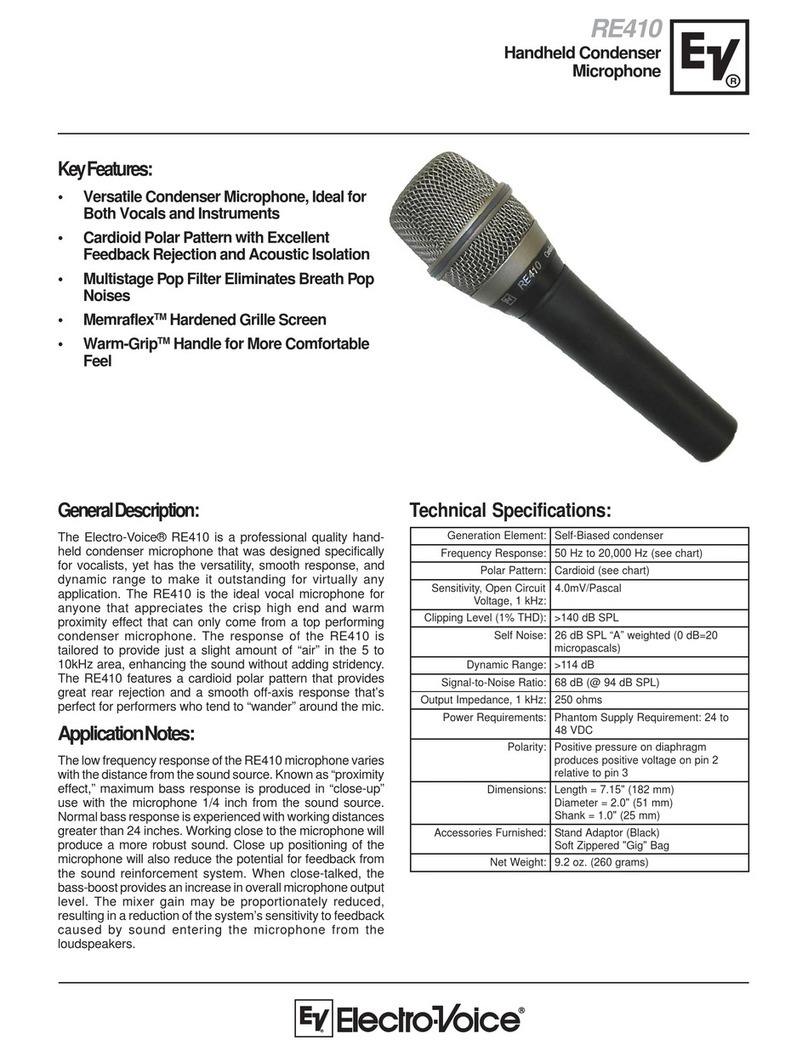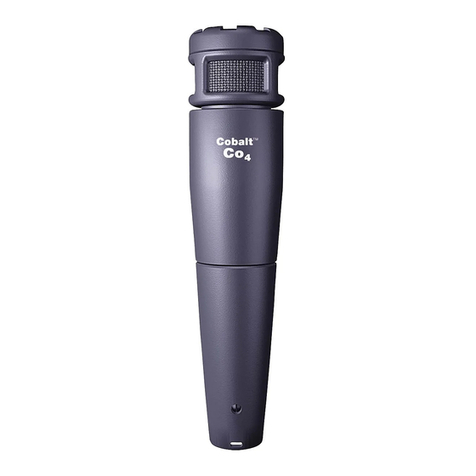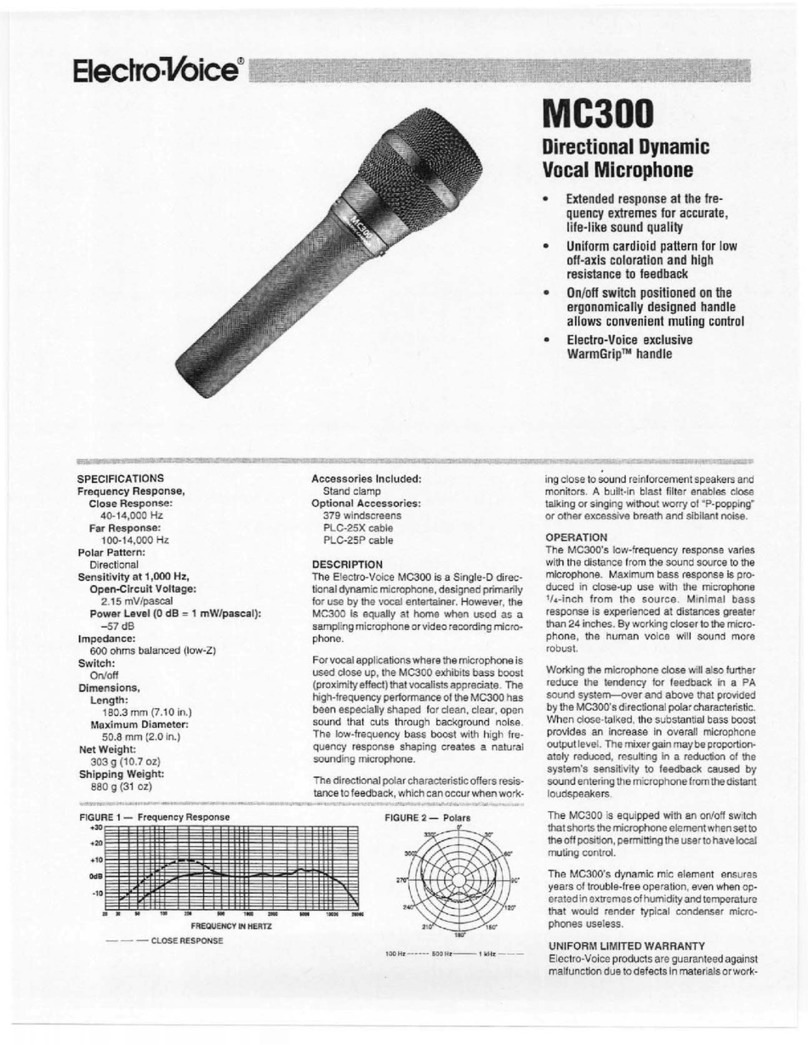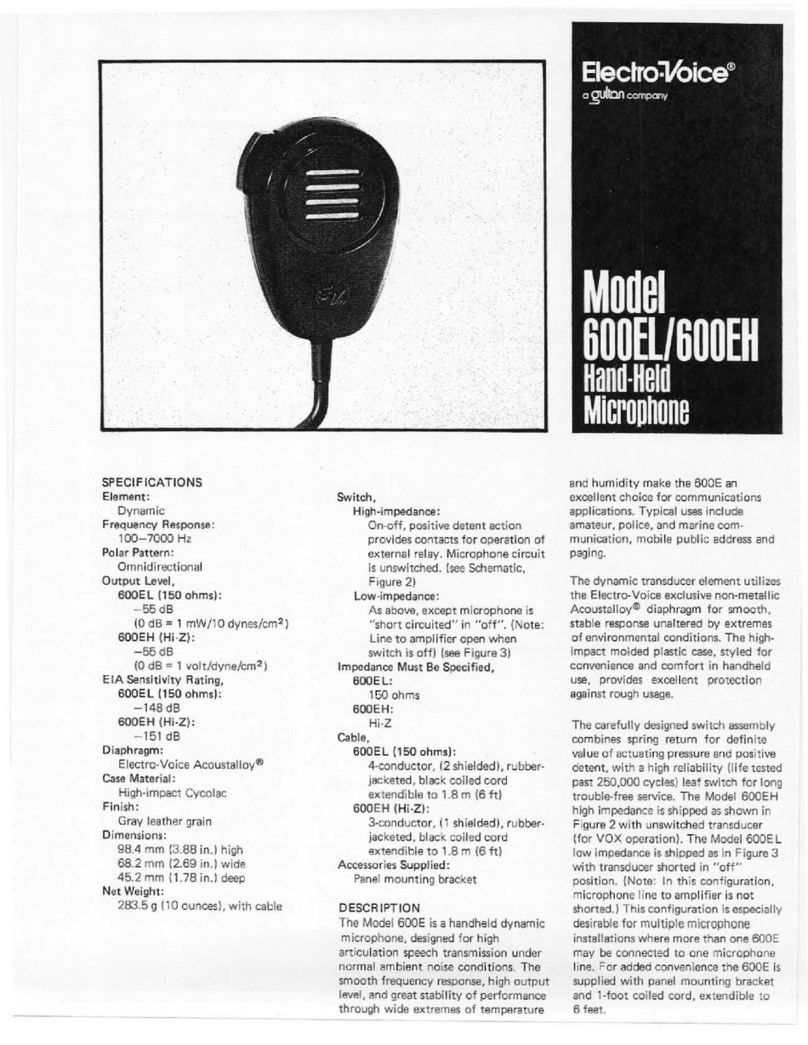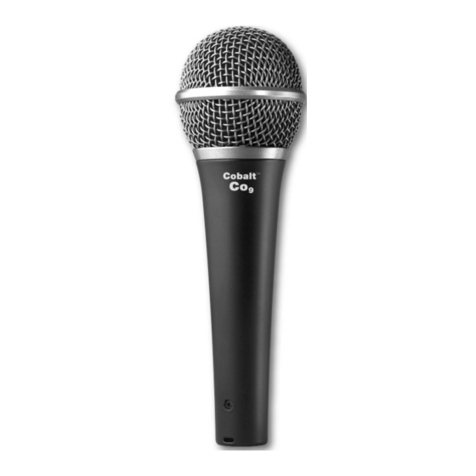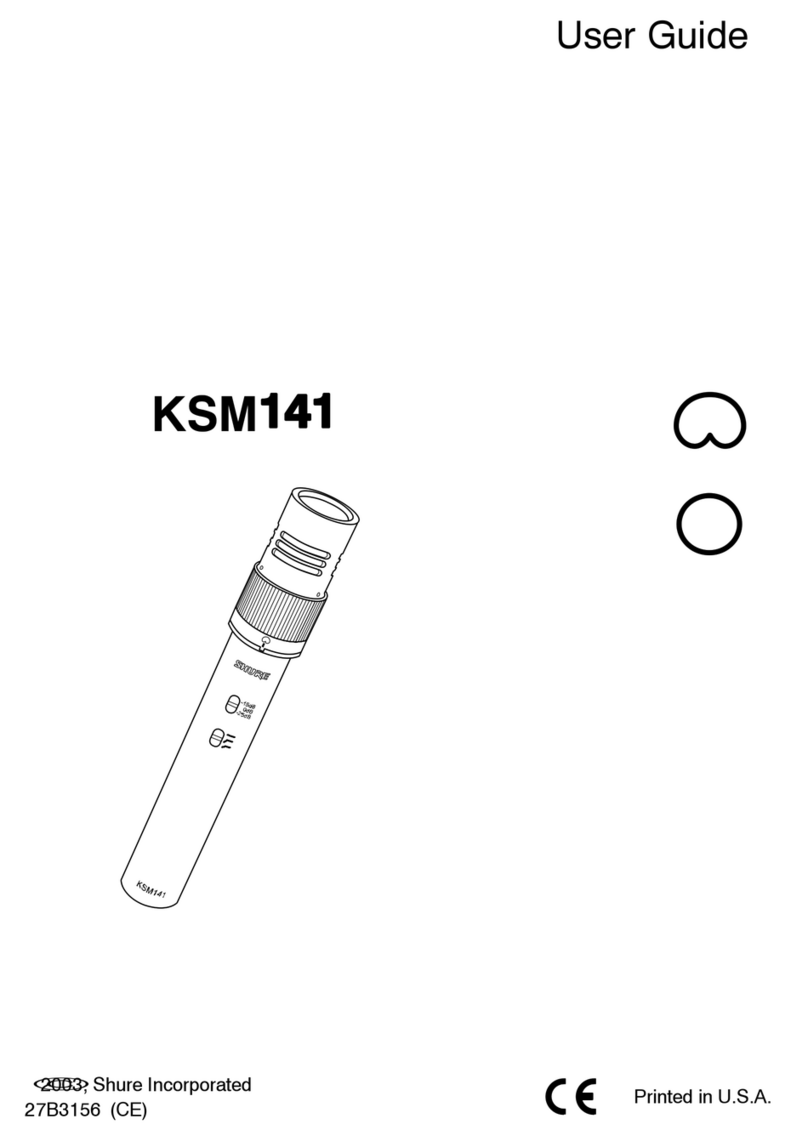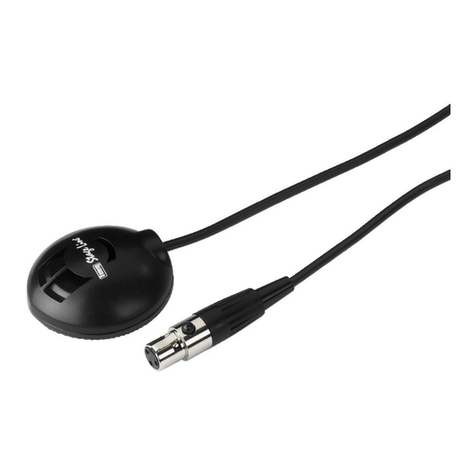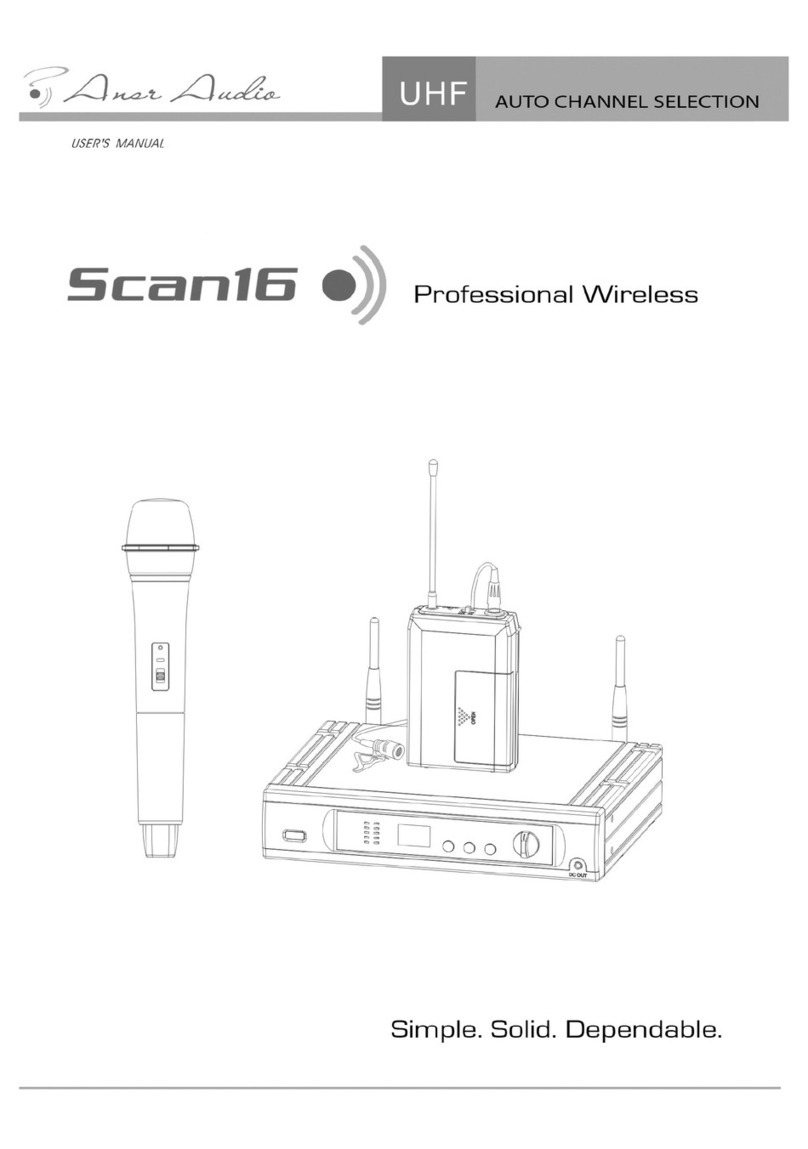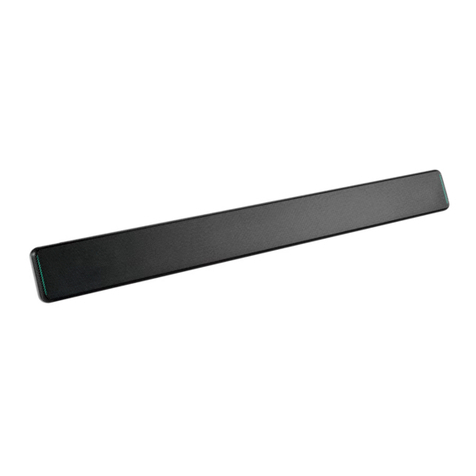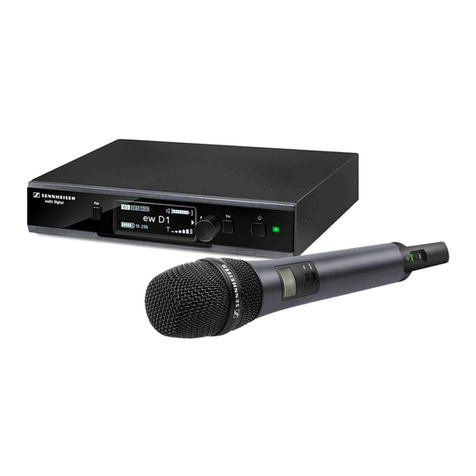Did you engineer those sessions?
Most of them, yes.
What is your engineering training?
Oh, I’m a knob-twiddler. I belong to the learn-by-
doing school.
Have you had any miserable failures?
Yeeeeahhh… actually I had a bad time in ’98. I was up
north in India in Jammu. And, boy those tapes are
distorted. That’s why I really need a distortion
removal plug-in. I was using a [Neumann] KM 84 and
an MKH30 - you know, the bi-directional Sennheiser
-as a mid-side configuration, and the recordings are
dreadful. These guys were singing really loud, and
there was maybe 140 dB SPL. A friend said, “Hmm…
I think it’s the mic capsule bottoming.” But then I
consulted with Klaus Heyne, the mic guru, and he
diagnosed the problem as an overloaded FET in the
KM 84. At times like that, I think, “Gee, I wish I had
somebody knowledgeable along,” you know?
To blame? [laughs]
Yes, or to bail me out! [laughs] It’s hard when you’re
there all alone, trying to handle all of the recording,
the documentation and the photos. And it was
unbearably hot. It was the hot season in Jammu, so
I was sweating profusely the whole time as well.
You’re recording to a DAT now?
Yes. The only DAT recorder that I feel works, if we’re still
talking stereo, is the [HHB] PortaDAT. Maybe the
Fostex PD2 or PD4 are good, but I’ve never used one.
I have a PortaDAT and I really like that. They’re made
basically for film work. The problem is that young
people who want to go off and record just don’t have
$15,000 for equipment - three grand for the recorder
and the extra batteries, which are essential, are 150
bucks a clip. You’ve got to have at least three batteries
and then you need a selection of mics. I have a pair
of KM 84s, a pair of KM 83s, the MKH20, and a pair of
inexpensive [Electro-Voice] RE50s because I find
they’re absolutely well behaved. They’re what I use
whenever I need a spaced pair of omnis, rather than
the KM 83s. In fact, in ‘87 I used only the RE50s in
Bali, and everybody is amazed at the quality of the
recordings. Here I am using a pair of inexpensive
dynamics and the transients aren’t bothered at all.
While this mic has a fairly steep fall off below 100 Hz
and above 13 kHz, it’s perfect for Bali!
Has there ever been an occasion where
the musicians stopped because they
weren’t happy with the performance?
Yeah. Musicians stop from time to time and say, “Wait a
minute, that passage isn’t right.” And then they go
back and do it over. Basically, I feel I’m there to serve
the musicians and to give them the best recording of
their material. And of course, for them it’s a business
also. When I went back again to Bali in ‘94 they were
really pleased to see me because they knew, “Oh!
David pays!” When I’m planning a trip, I always have
to decide what is a realistic sum to allow for
musicians’ fees. What I try to do is to come up with
payment that makes sense within a particular culture.
In Bali in ‘87 the going rate for a session with a big
gamelan was $100. When I returned in ‘94, I sought
out the same musicians because I had enjoyed
working with them, and asked, “Would you care to do
some more recording?” “Absolutely,” they said. And
then I asked them, “How much?” Their response: “The
regular price is $400. But for you David, only $250.”
At that point, I’m not going to insult musicians by
bargaining, right? That would be really low class. So
I either have to say, “Gee, I’d love to. But I just don’t
have the money,” or “Okay. I’ll find the money.” When
I recorded in Kullu in India’s West Himalaya in the
early ‘70s, I met Seshi, a fine musician who was the
staff composer at the AIR [All-India Radio] station in
Shimla. He had some of the AIR Shimla staff
musicians with him. They went to the local festivals
to give concerts and learn fresh tunes from the locals.
We worked together to make recordings in Kullu, and
his gifts were clearly evident. He’s really able to
inspire fine performances. So when I went back to
Delhi a few years ago, I rang his house, was delighted
to find he was still alive and asked him, “Any chance
of you producing a few more sessions?” The nice
thing about having Seshi run a session is that he
knows the local music, and which performers will give
a good performance of a particular piece. He makes
sure that Bollywood pop music is banished during the
session. I think of him as my Bollywood filter.
That’s an increasing problem isn’t it?
It is. That’s why I like to work with somebody
knowledgeable within the culture. In remote villages
I always seek out local educated people,
administrators, school teachers, doctors and other
professionals, and enlist their help. They make really
helpful intermediaries with the local musicians, who
are generally farmers or laborers. They explain that I
want the pure local music - not Bollywood hits.
Sometimes young sprigs who like my lifestyle will
write me, asking questions. One thing they nearly
always overlook is budgeting adequate compensation
for the musicians. They write me saying “I plan to
make token payments to the musicians,” to which I
reply, “You don’t get it. The compensation needs to
be meaningful.” And they say, “Oh, but I’m a starving
student.” I tell them, “Look, if you go into a culture
where they barely have a pair of shoes and you have
all of this fancy gear…Let me give you an example:
If a well-to-do young Japanese guy were to come into
your college town, with a lot of fancy gear you know
you’ll never be able to afford, and say he’d like to
record your group, offering to pay you the sum you’d
normally make for a day’s work for recording an hour
of your music, you’d think that was fairly decent.
You’d think that was fair, wouldn’t you?” And the
young sprig replies, “Yes.” And then I’d tell them,
“Just think, how would you feel if he came in with all
this fancy gear, having paid for this expensive trip
from Japan, and then all he wanted to give you was
a ball point pen?”
What about publishing?
If I’m working with traditional music, I’m assuming it’s
public domain. What I’ve done is to write a one-
paragraph release, which covers the essentials. In
some situations, the payment for the performance may
not be a complete buyout, so there’s space on the
release form to write in how much more will come to
the musicians if the recording is used. That happened
when I was in Morocco in ‘98. There, $200 is a
ridiculously small sum to pay for a recording session,
but it was all I could afford. The musicians weren’t
happy, but I explained that I only had $1,000 to pay
all of the groups. So we agreed - 200 bucks down now,
and then if it’s released, they will get an additional
payment. Later, at the urging of a respected
entertainment lawyer, I decided to copyright all my
recordings. That way there will be some publishing
income to send back to the musicians.
When you are recording outdoors have
you ever had any really nasty traffic
noises or airplanes or stuff like that
get in the way?
That’s something that needs to be discussed with the
musicians. If you go in during the day and you’re
setting up an evening session, ask them, “Is it very
noisy here at night?” And they’ll say, “What do you
mean?” And then you can say, “Well how about
traffic? How about dogs? How about young kids,
because kids love to cluster around the mics. So you
need an agreement to banish the dogs and kids while
the recording is taking place.
Any unusual recording setups that
you’ve had?
In ‘87 I made three recordings of one particular kecak.*
First of all, the group wasn’t very good. And then the
places where I recorded were unsuitable, and the mic
placement didn’t help. It sounded uninteresting,
mediocre. Then I was referred to a better group in
Bona Village, which is the home of the kecak. We met
the kecak’s manager, agreed on the details and
recorded them in the very large, open courtyard of the
local Temple of the Dead, which is a traditional place
for kecak performances. My 200-foot hank of eighth-
inch nylon twine came in very handy. I ran it across
the temple, attaching the ends high up on pillars on
both sides. Then I hung the RE50s from the twine,
roughly 12 feet above the kecak performers,
separated by 20 to 30 feet. The result: A recording
that captured the drama of a fine performance. If
something doesn’t work, you have to scratch your
head and try again. In ‘66 I recorded gamelan with a
spaced pair of cardioids, letting the gamelan set up
the way it always does. When I went back in ‘87, I
tried the same thing and was dismayed with how
lousy the recording sounded. So after a few more
unsatisfactory recording sessions we tried something
different. The 20-piece ensemble, called gamelan
gong, consists of a large section of melody
metallophones, called gangsas**, each played with a
single mallet; a few gender —large two-mallet
metallophones; a wooden frame containing several
gong pots, called a reong; a single gong pot used as
a time beater; small cymbals, cheng-cheng; three
gongs, the largest more than a meter in diameter; two
drummers, and a flutist. In a large open space, we put
the RE50s spaced 15 to 20 feet. Visualize the
“recording space” as an inverted “V” with its
narrowest point at the back and the widest point
close to the mics. At the very back we put the three
gongs, centered. We put the gender andreong off to
36
/Tape Op#57/Mr. Lewiston/(Continued on page 38)
